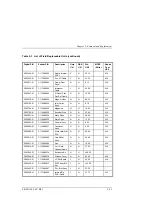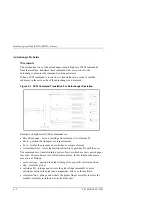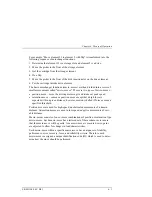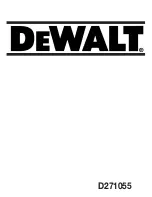
Chapter 6. Theory of Operation
EK–MOL80–SV. B01
6–3
For example. "Move element 33 to element 2 with flip" is transformed into the
following sequence of autochanger functions.
1. Determine that element 33 is a storage slot and element 2 is a drive.
2. Move the picker to the front of the storage element.
3. Get the cartridge from the storage element.
4. Do a flip.
5. Move the picker to the front of the disk insertion slot on the drive element.
6. Put the cartridge into the drive element.
The basic autochanger functions (macro-moves) are then divided into a series of
smaller movements called "micro-moves." There are two types of micro-moves:
•
position move – move the driving motors a given distance at peak speed
•
saturation move – same as a position move except that a high force is
expected within a given distance; however, motion is halted if force exceeds a
specified threshold.
Position moves are used for high-speed, unobstructed movements of a known
distance. Saturation moves are used in low-speed, adaptive movements of vari-
able distance.
Macro-moves consists of one or more combinations of position or saturation type
micro-moves. Each macro-move has a tailored set of these submoves to insure
that the macro-move will be gentle. As a macro-move is executed, servo gains
are adjusted to allow for changes in load characteristics.
Each micro-move within a specific macro-move has a unique set of stability,
performance, error recovery, force, and reliability criteria. Therefore, each
micro-move is assigned a unique identification code (ID) which is used to deter-
mine how the move should be performed.
















































